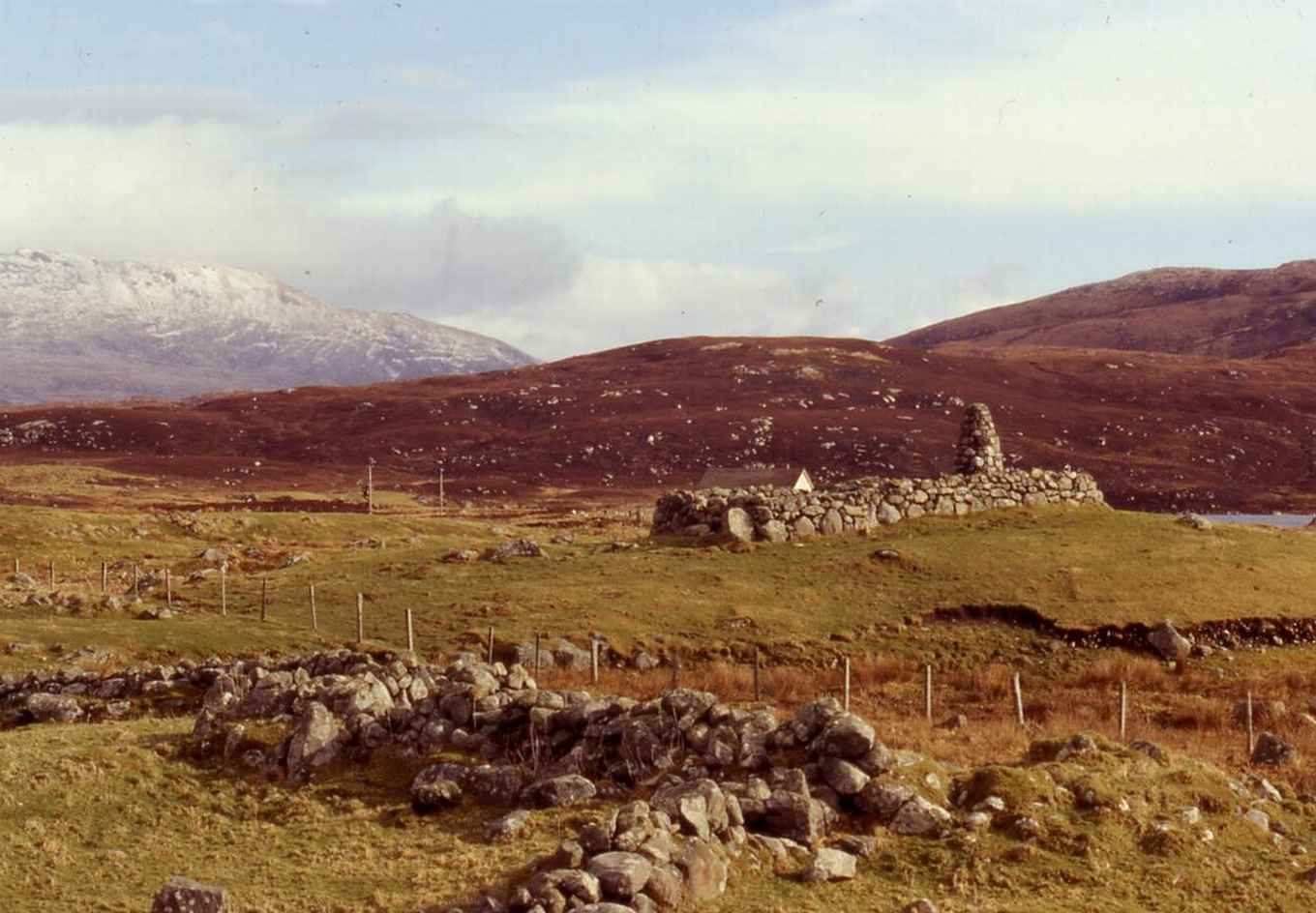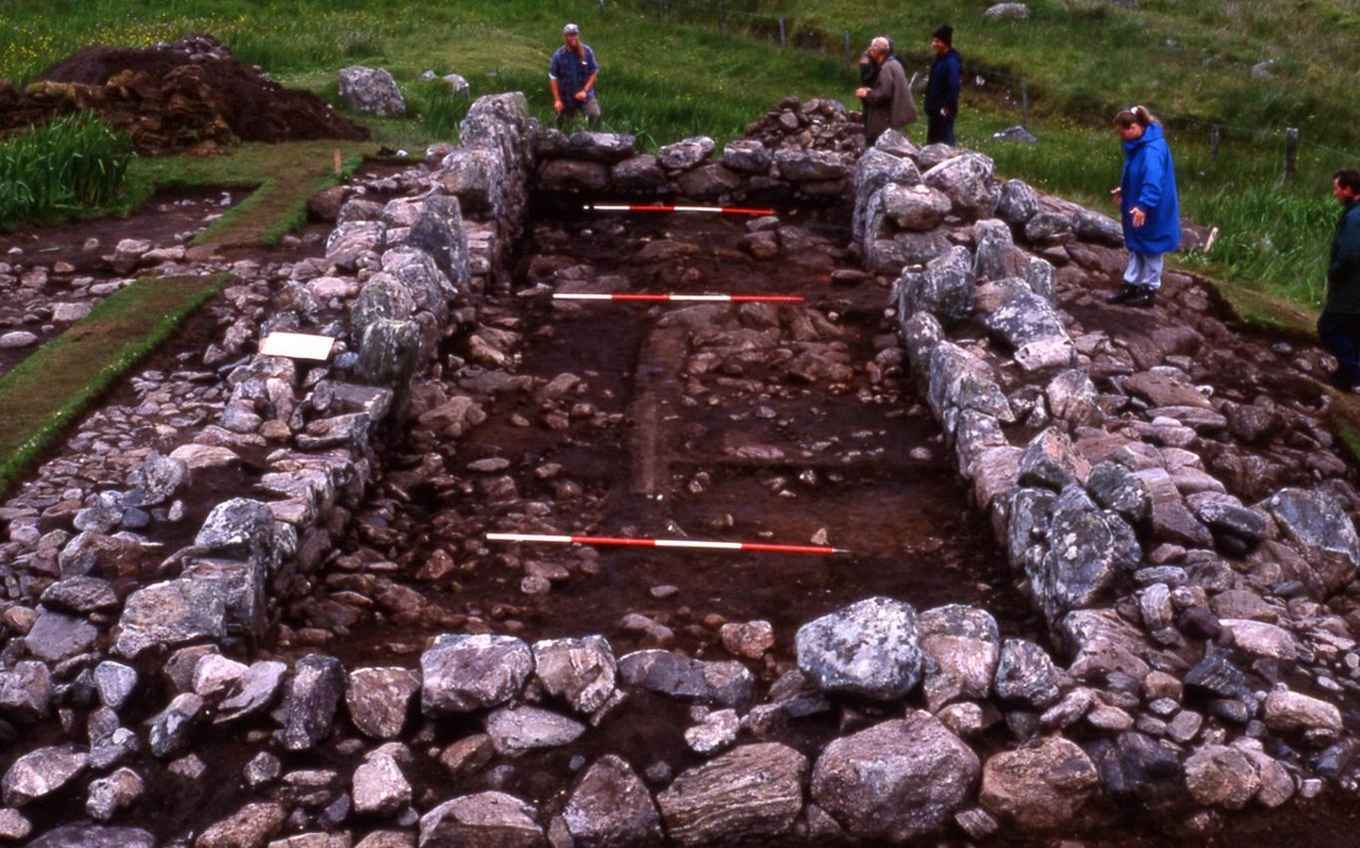The Flora MacDonald Project, Scotland
The Flora MacDonald research project is an interdisciplinary project, exploring the landscape and post-medieval settlement history of the Hebridean Island of South Uist. The study area is centred upon Milton, a township or baile from the early 18 th century. At the time of the project’s inception, there was recognition in Scotland that there was a relative lack of archaeological investigation into medieval and later rural settlement remains, and this was seen as an important subject for further research Archaeological fieldwork in the Hebrides had in the main concentrated on the well-preserved prehistoric to Norse sites along the coastal area.

There was a perception that the recording of the often more ephemeral remains of the 18 th and 19 th century crofter settlements would add little to an understanding of ‘a period already well known from documentary sources Research undertaken for the Flora MacDonald Project has indicated that the documentary record for most of the individuals living in the settlement is in fact extremely sparse, and that there was little real understanding of the crofters’ material conditions and lived experience. Through archaeological survey, excavation, and the study of historical documents and oral tradition, the project aimed to examine the responses of the 18 th- and 19 th-century Hebridean population to the social and economic changes wrought by agricultural 'Improvement' and the infamous 'Highland Clearances'. Fieldwork was carried out over six seasons from 1995 to 2000.
Acknowledgements
The project was undertaken with support from Earthwatch Volunteer Corps, and from Boston University International Programs Office. Historic Scotland provided funding for a landscape survey of Milton township. From 1998-2000, the Flora MacDonald Project was undertaken in conjunction with Professor Mary Beaudry from Boston University. Work is now taking place on a research monograph for publication, funded by Historic Scotland.
